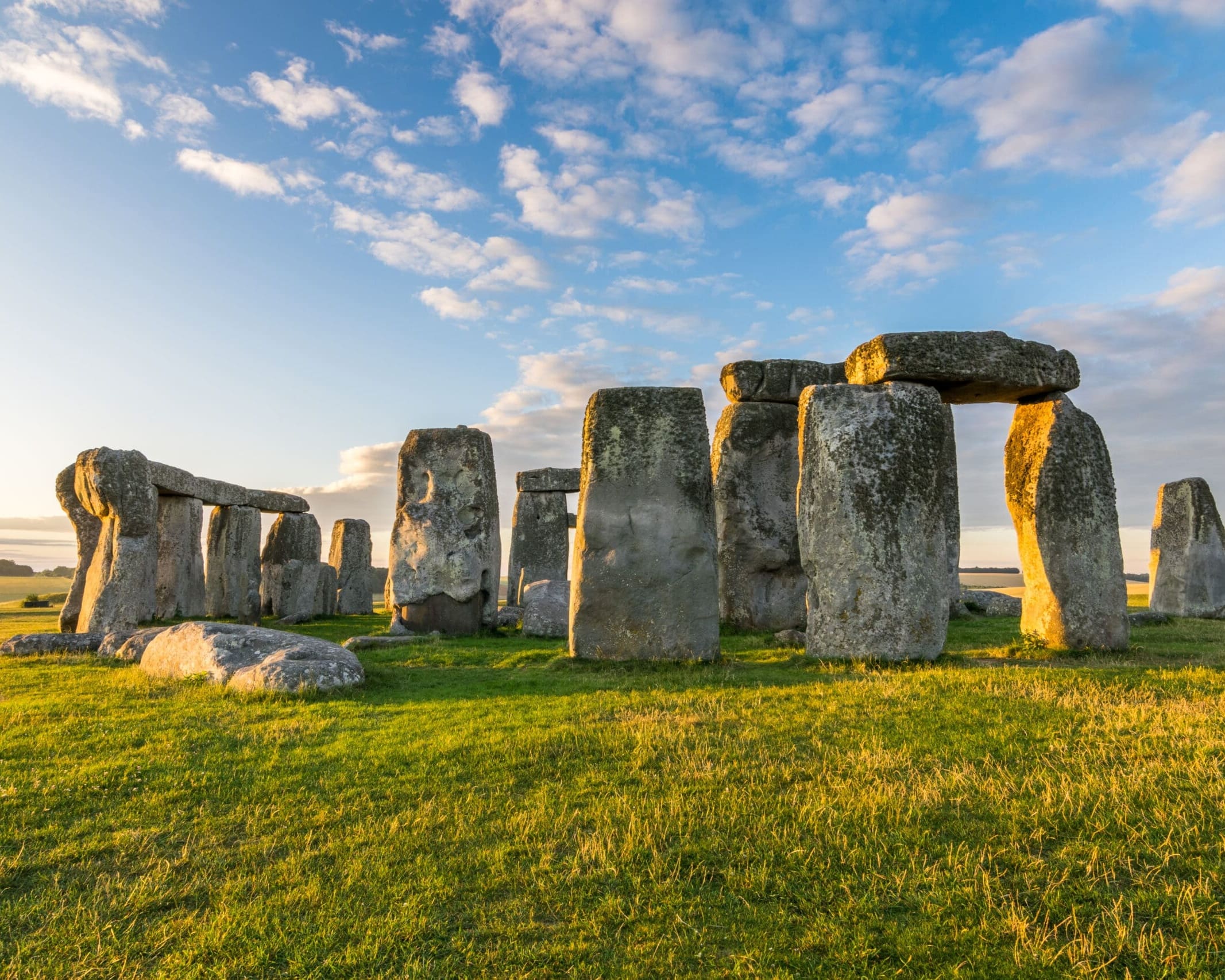England, a land where history and modernity weave together in a tapestry as rich and diverse as the landscapes that define it. From the rolling hills of the English countryside to the bustling streets of London, England offers a multitude of experiences that beckon travelers from all walks of life.
Whether you’re captivated by the allure of ancient castles and centuries-old pubs or drawn to the cutting-edge art and fashion scenes, England promises an adventure that’s both deeply rooted in tradition and vibrantly alive in the present.
Dive into the heart of cities where architectural marvels stand shoulder to shoulder with trendy cafes, and where every corner tells a story. Venture beyond to where the wild beauty of the Lake District, the rugged charm of the Cornish coast, and the tranquil glory of the Cotswolds await.
In England, every path leads to discovery, every moment is an opportunity to connect with a past that has shaped our world, and every experience is a treasure to be savored.

The Best Time To Visit
The best time to visit England largely depends on what you’re looking to experience, but generally, the late spring to early autumn period, from May to September, is considered ideal. During these months, the weather is at its most favorable—warmer temperatures and longer days make it perfect for exploring the countryside, visiting historic sites, and enjoying the many festivals and outdoor events that take place.
Late spring (May to June) offers the beauty of blooming flowers and green landscapes, making it a fantastic time for rural walks and garden visits. The summer months (July to August) are typically the warmest, attracting the most visitors, especially to coastal areas and major tourist attractions. Early autumn (September) still provides pleasant weather with fewer crowds, allowing for a more relaxed exploration of cities and countryside alike.
What To Know
In England, the primary language spoken is English.
English as spoken in England is known for its wide range of accents and dialects, varying significantly from region to region.
Additionally, in cosmopolitan areas, you might also hear a variety of other languages due to the country’s diverse population.
In England, the currency used is the Pound Sterling, often simply called the pound.
The pound is subdivided into 100 smaller units known as pence. England, as part of the United Kingdom, does not use the Euro, unlike some of its European neighbors.
The pound is one of the oldest currencies still in use today, and it’s recognized worldwide for its stability and significance in international finance. For travelers, it’s not essential to have cash on hand. Major cards are widely accepted across the country.
England is generally considered a safe destination for travelers. It has a robust legal system and relatively low levels of violent crime compared to other countries. However, like any popular tourist destination, it’s wise to stay aware of your surroundings and take standard safety precautions, especially in larger cities like London, Manchester, and Birmingham.
Petty theft, pickpocketing, and scams can occur in crowded areas such as tourist attractions, public transport, and busy marketplaces. Always keep your belongings secure, be cautious with your wallet or phone, especially in crowded places, and be wary of common tourist scams.
Public transport in England is comprehensive and varied, offering travelers and locals alike multiple options to navigate both urban and rural areas. The system includes trains, buses, trams, and an underground metro in London.
Trains: The rail network in England is extensive, connecting major cities, towns, and many rural areas. Services range from high-speed trains, like those connecting London with Birmingham, Manchester, and other major cities, to local services that cover shorter distances. The rail system is a convenient option for longer journeys across the country.
Buses: Buses are ubiquitous in England, serving cities, towns, and even remote areas. They provide an affordable way to get around, with frequent services in urban areas and less frequent but vital connections in rural locations.
Trams and Light Rail: Several cities, including Manchester, Birmingham, and Sheffield, have tram networks that offer a reliable and efficient means of urban transport. London’s Docklands Light Railway (DLR) and the newer Elizabeth Line (Crossrail) complement its underground and bus services.
The London Underground: Known as the Tube, it’s the oldest underground railway network in the world and serves as the backbone of public transport in London, connecting major parts of the city with rapid, frequent services.
Taxis and Ride-Sharing: Taxis, including the iconic London black cabs, are available throughout England. Ride-sharing services, like Uber, also operate in many cities, offering an alternative to public transport.
England Travel Guides
December 6, 2024
The Top Luxury & 5-Star Hotels in London
July 19, 2023
